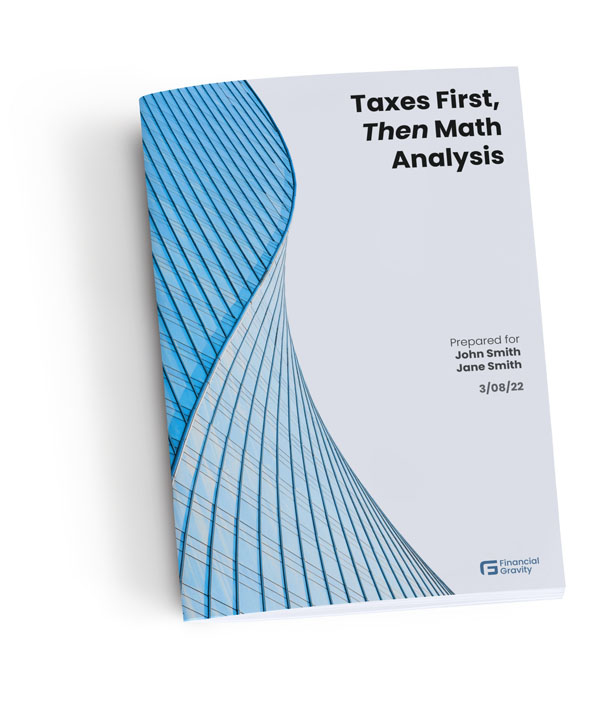The Evolution of Asset Management Starts Here
We believe that our clients’ success is the result of risk alignment, tax efficiency, controlling costs, and diversification. Attempting to control factors that cannot be reliably predicted or controlled, such as market direction and volatility, interest rates, inflation, legislative actions, geopolitical events, and other economic events can be expensive distractions that typically lead to investor failure. We refer to our investment methodology as Control the Controllables®.
Risk Alignment and Behavioral Finance
In our experience, the key to successful investing is controlling what can be controlled, which starts with investor behavior.
Behavioral finance studies the effects of psychology on investors and financial markets. It explains why investors often appear to lack self-control, act against their own best interest, and make decisions based on personal biases instead of facts.
The Dalbar Institute is one of the most successful and prominent institutions that studies the effect of behavioral finance on investment returns. Dalbar has discovered that the gap between the average equity fund investor and the equity market was 4.8%. For example, a typical investor who owned an S&P 500 fund returning 9% earned just 4.2% due to emotional decision-making.
We believe that controlling human emotions utilizing our proprietary Real Risk system helps to better align clients’ investments with their ability to withstand the tradeoffs between risk and return.
As a general rule, institutional investors, family offices, and the ultra-wealthy, do not take uncompensated risks in their investments. They tend to avoid speculation, preferring instead to take an institutional approach to asset allocation and portfolio management. They accept the ups and downs of markets in exchange for long term wealth building.
Our practical experience says that 90% of investors are taking risks they do not understand, need, or want. Are you one of them?
Tax Efficiency
We can’t control the tax code, but we can control how we use it. There are legal, moral, and ethical strategies that we can utilize to help manage portfolios to help minimize taxes.
Some of the strategies we use include:
- Tax Location Optimization
- Tax Lot Harvesting
- Low turnover
- Tax-efficient investment vehicles
Our experience shows that our sophisticated approach to tax minimization can save investors 2% or more each year. 2% in any given year might not sound like much but compounded over a lifetime could amount to a significant increase to your wealth.
Yes or No?
- 1: Have you removed mutual funds from your portfolio?
- 2: Do you hold securities for an average of 7 years or longer?
- 3: Do you harvest losses to offset future realized gains?
- 4: Have you removed dividend-paying securities from your taxable accounts?
Would you like to find out how you may be able to save taxes on investing? If you answered “No” for any of the above questions, please use the button below to request a review.
Controlling Costs
Investment costs, just like taxes, can drag down your portfolio return. We find that most retail investors pay more in fees and costs than they do in taxes.
Financial product manufactures have typically built opaque, hard to understand structures, that are designed to hide the true cost. Institutional investors typically steer clear of retail products due to these underlying hidden fees.
We value transparency and low cost designed to help you maximize your future gains.
How Much Are You Paying in Hidden Costs?
Diversification
Proper diversification includes exposure across asset classes, equity styles, and foreign markets. Modern Portfolio Theory is a disciplined approach employed by most institutional investors which utilizes math to help maximize risk-adjusted returns.
Many retail investors think that they are diversified because they own a collection of mutual funds. We have found that, for example, the mutual funds often held similar investments, negating the effect of diversification. Poor diversification can lead to more risk, higher costs, and higher taxes due to turnover.
Are You Properly Diversified?
Would you like to find you how you may be able to save taxes on investing? If you answered No for any of the above questions, please use the button below to request a Taxes First, Then Math Analysis.


